Continuing our travelogue series from my recent Hokkaido Winter Landscape Photography Adventure tour and workshop, today we pick up the trail on the morning of day three, when we took a walk around the back of our hotel to photograph the blue waterfall there.
This is another of those shots that I pretty much take every year, and haven’t really been able to find a variation that I like more than this composition, but I’m including it to show you what we got up to. The falls are literally blue, although I’ve helped it along with a few tweaks of the sliders in Capture One Pro here. The color comes from the minerals in the water, and the haziness that you can see in this image comes from the warm water that flows into the cold water from nearby hot springs.
I actually prefer some drone footage that I shot of the springs after the group had returned for breakfast, but I’ll have to include that in a video at some point. Unfortunately, my Mavic Pro broke a few days after this, so the footage I got was relatively limited. I shot this photograph at f/11 for a four-second exposure at ISO 100, with a focal length of 234mm.
After breakfast, we set off for a 90 minute or so drive to the ski slopes on Mount Asahi. This is something we are able to do if my strategy for shooting the Biei hills and trees in the snow is successful, so I was happy to be able to visit Mount Asahi. As you can see in this next image (below) we had plenty of snow, and I got my 2018 version of one of my favorite scenes.
I positioned myself to hide the huge metal cable car pillar behind one of the trees to the left, and I cloned out the wires in Capture One Pro. It takes a bit longer to do this in Capture One, but I like the benefit of being able to keep my photograph in raw format, rather than round-tripping to Photoshop and ended up with a large PSD file. Not only are the raw files smaller, I get to benefit from future processing engine updates in Capture One Pro. I shot this at f/14 for a 1/13 of a second at ISO 100, and a focal length of 28mm.
This next image is from a little further up the ski slope (below). I’ve looked at this tree every year, and seem to recall photographing it on my first visit in 2008 on my very first Hokkaido Tour, but I’ve never been able to make anything I like of it, until now. The way the snow was sticking to the tree, and the contrast of the white and dark form seemed somehow more poetic than it’s been to date.
So I could include the entire tree as well as to frame the background without any distractions, I broke out my 11-24mm lens and shot this at 13mm. This, of course, causes quite a lot of distortion in the distant trees, but I’m not too worried about that. I know a lot of people will try to straighten these up, but it doesn’t bother me enough to do so. My other settings for this shot were an aperture of f/14, ISO 160 for a 1/20 of a second exposure.
After visiting Mount Asahi, we stopped at a spot at the base of the mountain and spent some time photographing the trees there. I got some shots that I like of twigs sticking out of the snow, that I’m building quite a collection of. These are nice images, to me at least, but I’m going to skip them for today so that we can keep these series down to just one more episode.
The following morning, we checked out of our hotel in Biei and started our morning drive over to the north-western coast of Hokkaido, where, after a sushi lunch, we had our first shoot at a nice spot with some tetrapods in the sea. I’m going to skip that photo too, to save time, and move on to our second and last shoot of the day, which was at the Torii gate in the sea 30 minutes north of our hotel for the next two nights.
As you can see in this next image (below) as the light dropped at the end of the day, we were able to get some nice shots with the sea water washing around the base of the Shinto gate. For a shot like this, I like to use between half a second and a full second, to leave some form and texture in the water, but also capture its movement. For this shot, I was at 0.8 seconds and used a cable release rather than a 2-second timer, so that I could time my exposure perfectly for the breaking waves and water washing over the concrete base of the Torii.
This first afternoon’s shoot was like our insurance visit, as we’d have another full day in the area to revisit, but as you can see from this image, the grey sky indicates a low-pressure weather front. We came back here the following morning, and although the tide was supposed to be higher, the water was way back, and if we wanted, we could have walked out to the gate.
One member of the group provided the answer, which is that the sea level was low because of atmospheric pressure. On a stormy day with low pressure, the sea is able to rise up, but the following day, with a clear blue sky, and therefore high pressure, the sea was being pushed down, despite the tide being higher. We looked back through our records and found that two years ago, we arrived at high tide to find the sea very low, and we also recorded that it was a clear day then too.
It makes a lot of sense, but I was somewhat surprised by the amount the sea is actually pushed down by the high atmospheric pressure. In addition to my 0.8-second exposure, my other settings for this shot were f/14, ISO 100 and a focal length of 55mm.
There was a lot of snow on the eastern side of Hokkaido during this trip, and I had to play human snow plow to forge a way through the snow to get to the Torii gate.
Overnight we had another sprinkling of snow, which in total made a staircase that runs up to the observatory on top of the hill behind the gate look quite special, as you can see in this photograph (right).
The sky was quite bright for this shot, but I exposed to ensure that it didn’t over-expose and then brought the white of the snow back in contrast to the black stairs in Capture One Pro, using the Levels and a Luma Curve.
I’m quite happy with the results and love how much snow has settled on the steps. I don’t think I’d like to try to climb up there, although I don’t know how much more difficult it would have been than my snow plow impression from the previous day.
My settings were f/14 for a 1/40 of a second at ISO 100 and a focal length of 70mm.
As the Torii gate was not worth shooting without the sea washing around its base, we moved on earlier than planned to another location that I like to photograph, where there are some tetrapods half buried in the sand on the beach, as you can see in this next image (below). With it being clear, if I recall, I used a six-stop Neutral Density filter to get a shutter speed of 1.6 seconds to capture the movement of the water as it flowed around the front of the tetrapods into the foreground.
This only happens every few minutes, so again, I was using my cable release to time my shots. I was also conscious of waiting for a wave to break behind the tetrapods, to add an extra element of interest to the scene. I succeeded in getting the timing right on a number of images and have about six left in my selection still. I think this is my favorite, but I have to live with my images for a little while longer before I can whittle that down to my final selection. My other settings were f/16 at ISO 100 with a 60mm focal length.
As the weather looked like it was getting a little cloudier, with some heavy clouds out at sea, towards the end of the day we went back to the Shinto Torii gate to see if the water level had risen at all, but it was still pretty low.
While we were there though, I took the opportunity to make some long exposure photographs of a line of tetrapods in the sea, as you can see in this image (right).
I think I used the six-stop ND again for a four-minute exposure as the light dropped at the end of the day. The result, of course, is very smooth silky sea water and a bit of movement in the clouds.
I’m doing all of these black and white conversions in Capture One Pro, because I love the tones that I’m able to create in the images, and as I mentioned earlier, it’s great to be able to keep my images in their original raw format.
I also dropped a graduated adjustment layer across the sky in Capture One Pro to darken that down, and there’s a second adjustment layer along the rocks at the bottom edge, to darken them down a little too, to add weight and provide a nice anchor for the image.
The following morning we went back to the Torii gate to try our luck one last time, but the sea was still too far out, and really not looking great, so it turned out that the best shots from this year were from our insurance shoot two days earlier. It was a little rushed, but I do like the images from that shoot, so I’m pleased we went. For my participants, of course, I’d have loved to provide a second attempt with high sea water, but although we can control most expects of the tour, we can’t do anything about the weather, unfortunately.
We continued on to our next location, along the way stopping at the spot where there are some practice golf-ball like wave breakers in the sea, but the snow here got the better of me. It just wasn’t possible to forge a way through, so we gave up on that shoot, and continued on to the boat graveyard, one of my favorite spots in Hokkaido.
The sky wasn’t great on this first visit, but the light was still very nice, especially when the sun broke through the relatively heavy clouds a few times, as you can see in this photo (above). I’ve cloned out a few bits of grass that were in the bottom left corner, and again darkened the sky down a bit in Capture One Pro. I shot this at f/14 with 1/80 of a second exposure at ISO 100 and a focal length of 28mm. Unfortunately, the compression on the blog has caused a sharp step in the gradation around the light of the sun, which doesn’t happen on the original, but that can’t be helped.
The following morning we went back to the boat graveyard, this time luckily we were presented with some sea mist or “kearashi” as they say in Japanese, which you might be able to make out along the horizon in this image (below). Again, shot from the side just a little bit behind the boats, I found this angle about the best to show the detail in the sky and the sea mist, as well as showing us lots of great texture in the foreground snow.
We generally spend a couple of hours at this location, just working the boats, because I love to wait for a great sky like this. Also the great thing about visiting in the morning is that the sunlight is coming from just to the left of the frame in this shot, so it really helps to create shadows in the troughs that form in the snow drifts behind the boats.
For some of the shots from this year I removed the fox footprints from the right side, when they didn’t really add anything to the image, but for this shot, I feel as though they add an additional element of story which I quite like, so I left them in on this one. My settings were f/14 for a 1/50 of a second at ISO 100 and a focal length of 70mm.
Before we move on, I want to share one last shot of the boat graveyard, because it’s an angle I’ve not shot before. Shortly before we were due to leave, a number of us climbed up onto the bank beside the boats, and photographed directly towards where the sun was in the sky, but at this point covered by clouds, giving us some beautiful rays above the horizon (below).
The sea mist is still just about visible, and when viewed large you can actually see the distant wind farm on the horizon above the boats. This is one of the shots in which I think removing the fox prints helps the shot, allowing us to see just the smooth mound of snow in the foreground and the quality of the light and texture as it darkens towards the corners of the frame. My settings were the same as the previous image but at 29mm now.
After spending a few hours with the boats, we visited the location where we have permission to photograph the fish drying frames that you can see in this next image (below). I’m not totally happy with the line of snow at the base of this image, which is from where the road in front of the frames has been plowed, although this is part of life in Hokkaido during their harsh winter. We had a reasonably nice sky though, which I am happy with, and roughly the same amount of fish drying on each rack which adds a bit of symmetry.
My settings for this image were f/14 for a 1/40 of a second, ISO 100 with a focal length of 76mm. Again, you can tell how low the ambient light is because I was down at 1/40 of a second in the middle of the day. I didn’t do a long exposure here, because I didn’t want to hog the spot, but also because for this particular image I think I prefer the texture in the sky.
After lunch, we spent a few hours at the port at Cape Noshappu near Wakkanai, the norther-most city of Japan. I have some fishing boat shots that I like, but not really any better than previous years. As the sun neared the horizon though, I noticed the possibility of lining it up with the top of the lighthouse, so I quickly made my way across the harbor to a place where I might be able to photograph this.
As you can see in this final image for today (above) the sun broke quite strongly through the cloud at just the right time for me to align it with the chamber at the top of the lighthouse where they usually shine the light from, and that along with the rays of the sun in the sky made for quite a dynamic photograph. Being Hokkaido, in the winter, I did try this in black and white as well, but the color really adds so much to this shot, that I decided to leave it in color.
I have brightened the foreground quite a bit, so that we can see the snow on the quay wall and also see the sea a little. Without that it was almost a complete silhouette across the bottom third of the image. My settings were f/14 with ISO 400 for a shutter speed of 1/250 of a second. The wind was really quite strong at this point, and I’d even taken the hood off of my 100-400mm lens to stop it from acting as a sail and catching the wind. My focal length was 158mm.
If I don’t drop a few more as I prepare, I currently have 12 more images to talk about in the final episode of this travelogue series. I have been really struggling to get this recorded and prepare an additional episode before I leave for my first Japan winter wildlife tour in a few days, so next week I will probably interrupt the series and share something that I did on Capture One Pro for the Phase One team recently, and then release the final part of this series as soon as I get back from my second visit to Hokkaido for this season.
Hokkaido Winter Landscape Photography Adventure 2020
If you think you might like to join this tour in the future, either let us know that you’d like to be added to the 2019 cancellation list, or secure a spot on the 2020 tour with special guests Nicole S. Young and Brian Matiash, who will be around to offer advice in addition to me, and will be doing a number of workshop sessions during the course of the tour. For details see our tour page at https://mbp.ac/hlpa
Show Notes
Details of the next available Hokkaido Winter Landscape Photography Adventure: https://mbp.ac/hlpa
Subscribe in iTunes for Enhanced Podcasts delivered automatically to your computer.
Download this Podcast in MP3 format (Audio Only).
Download this Podcast in Enhanced Podcast M4A format. This requires Apple iTunes or Quicktime to view/listen.

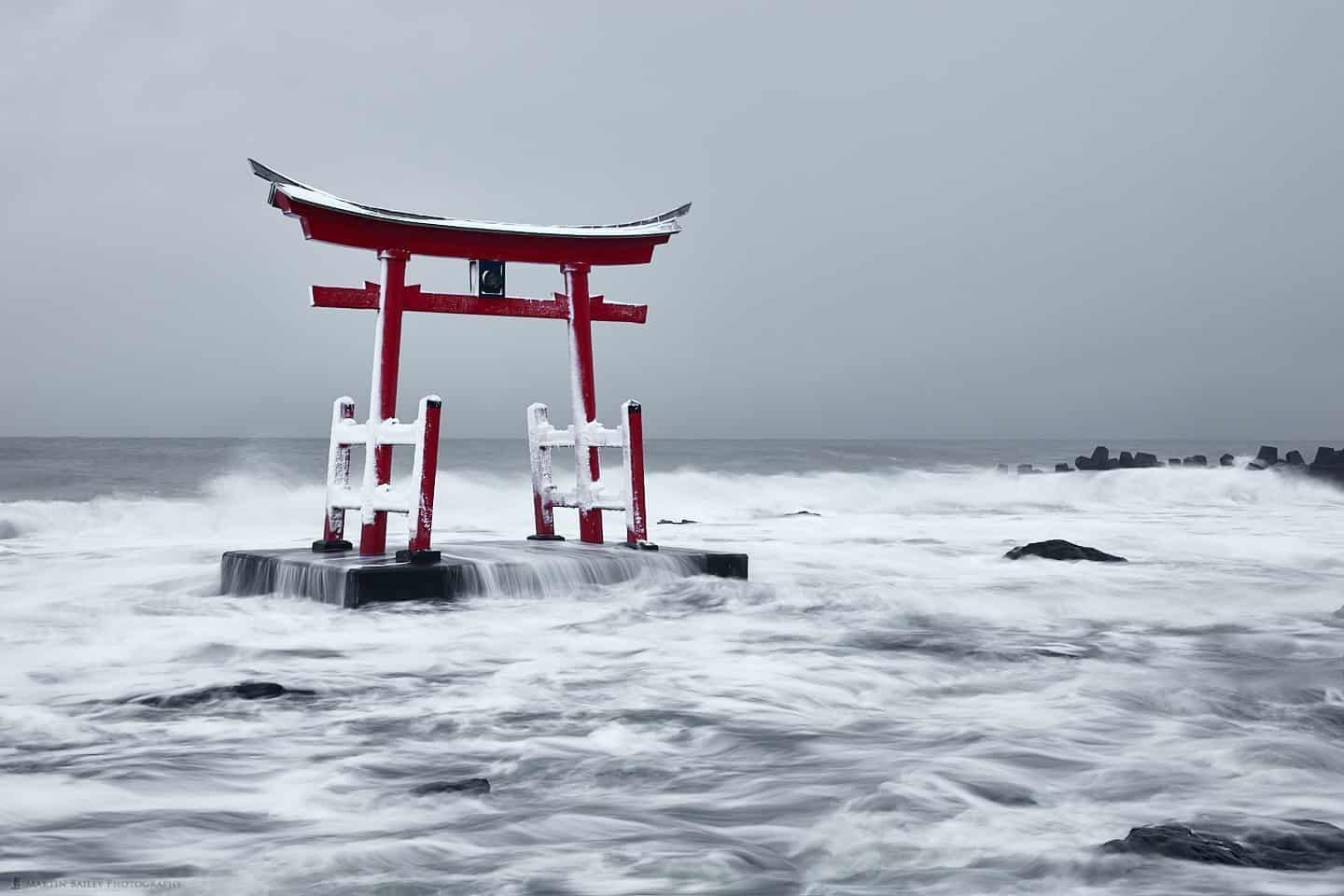
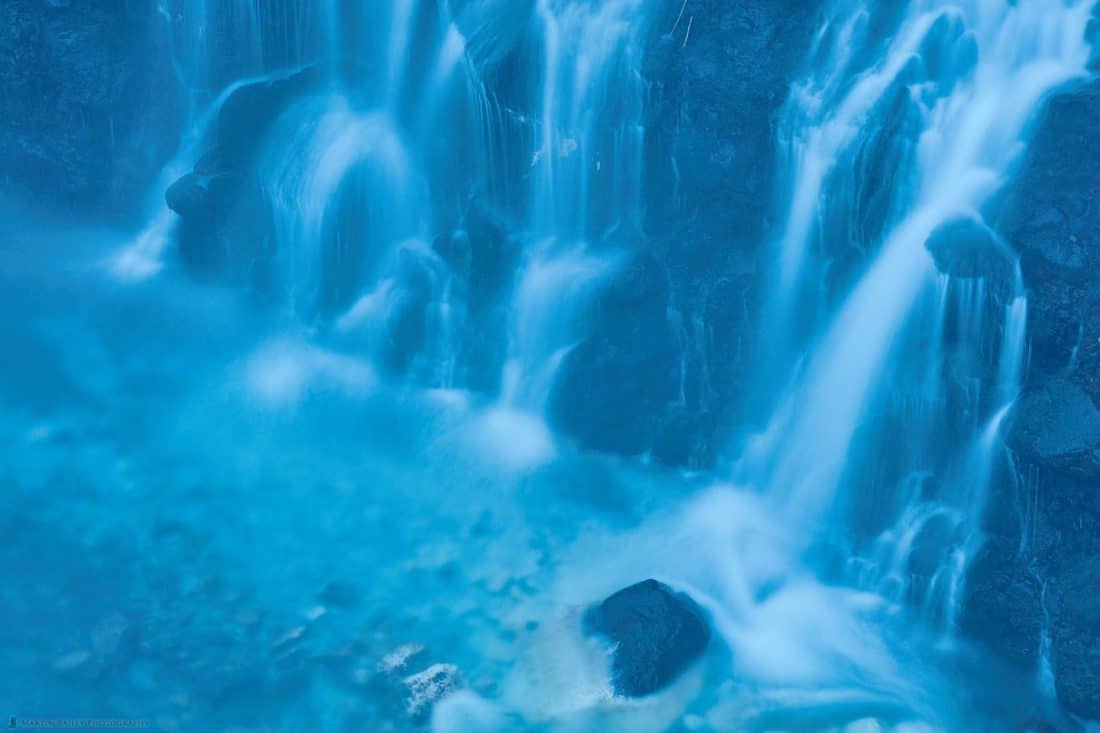

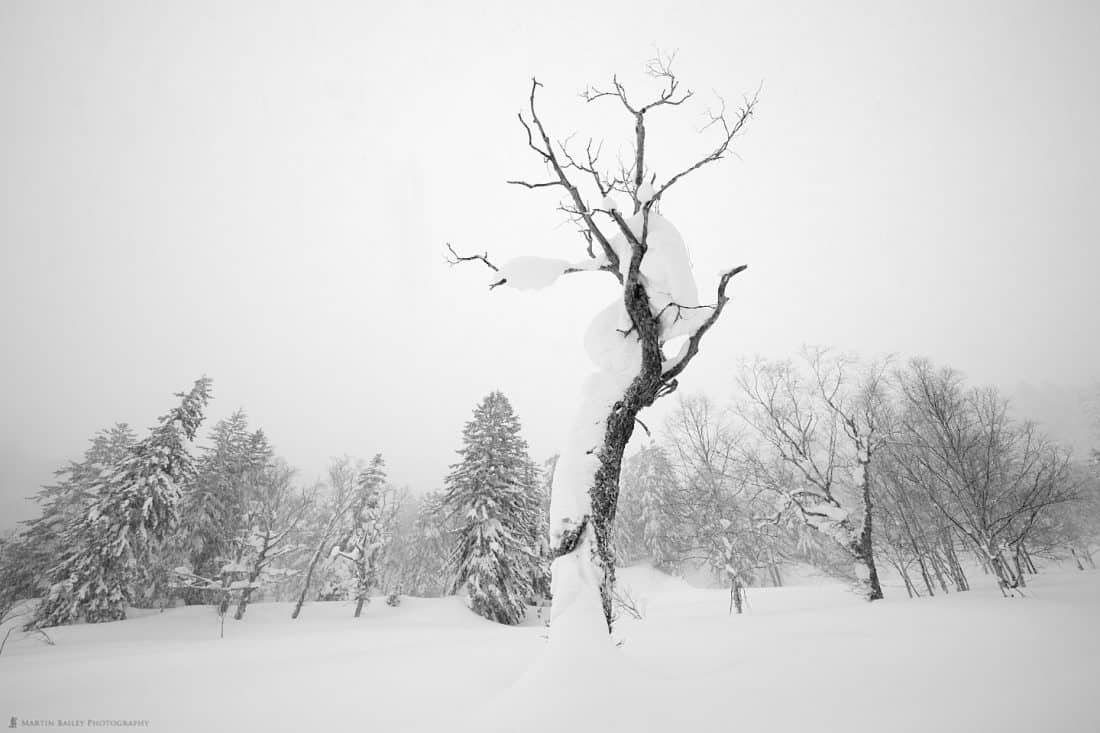
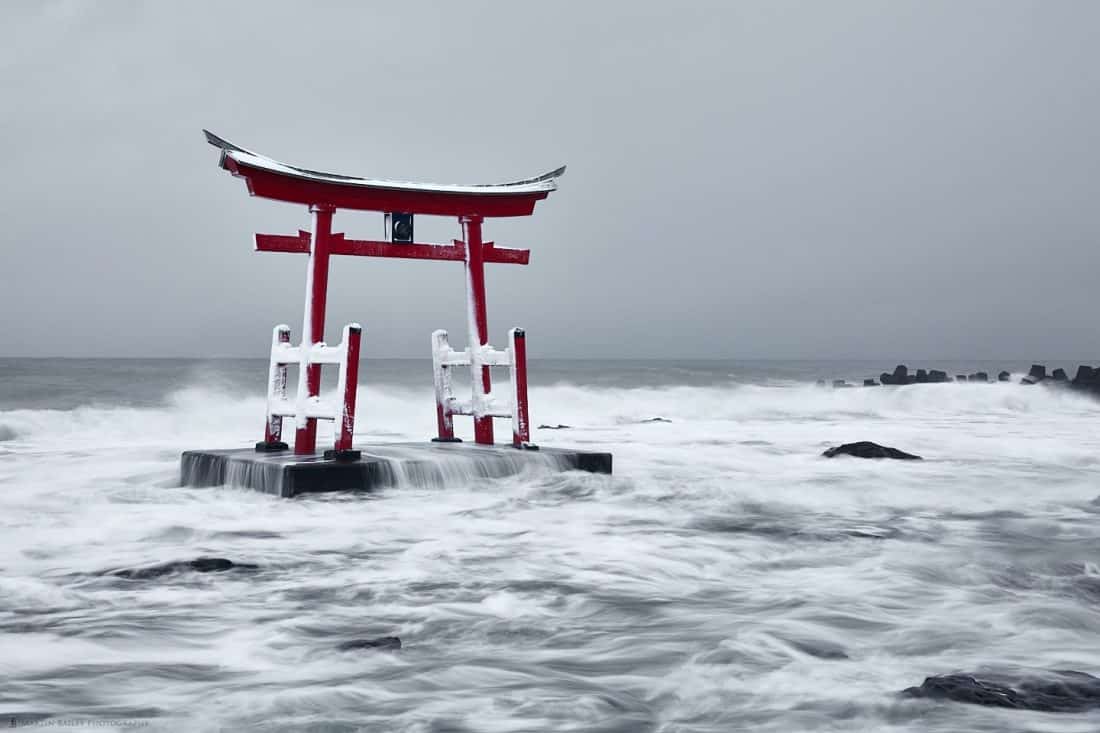

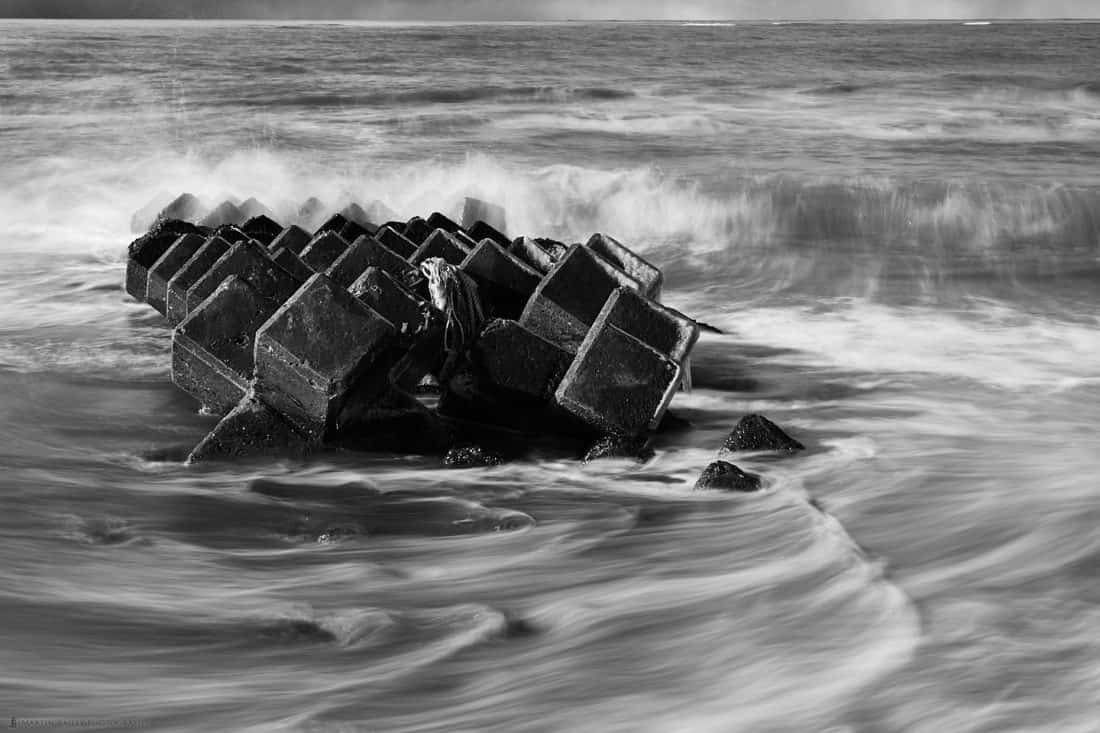
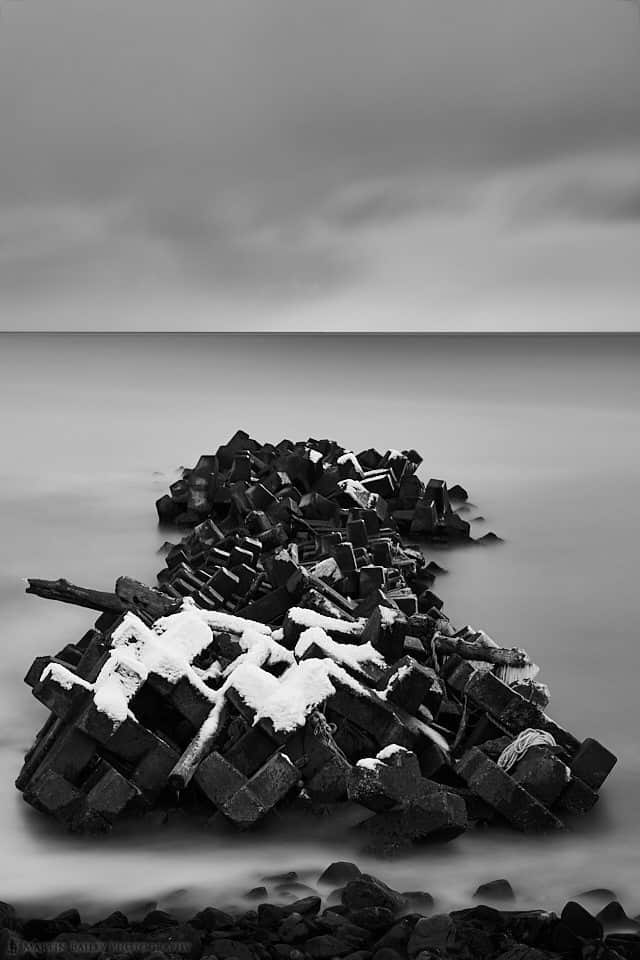
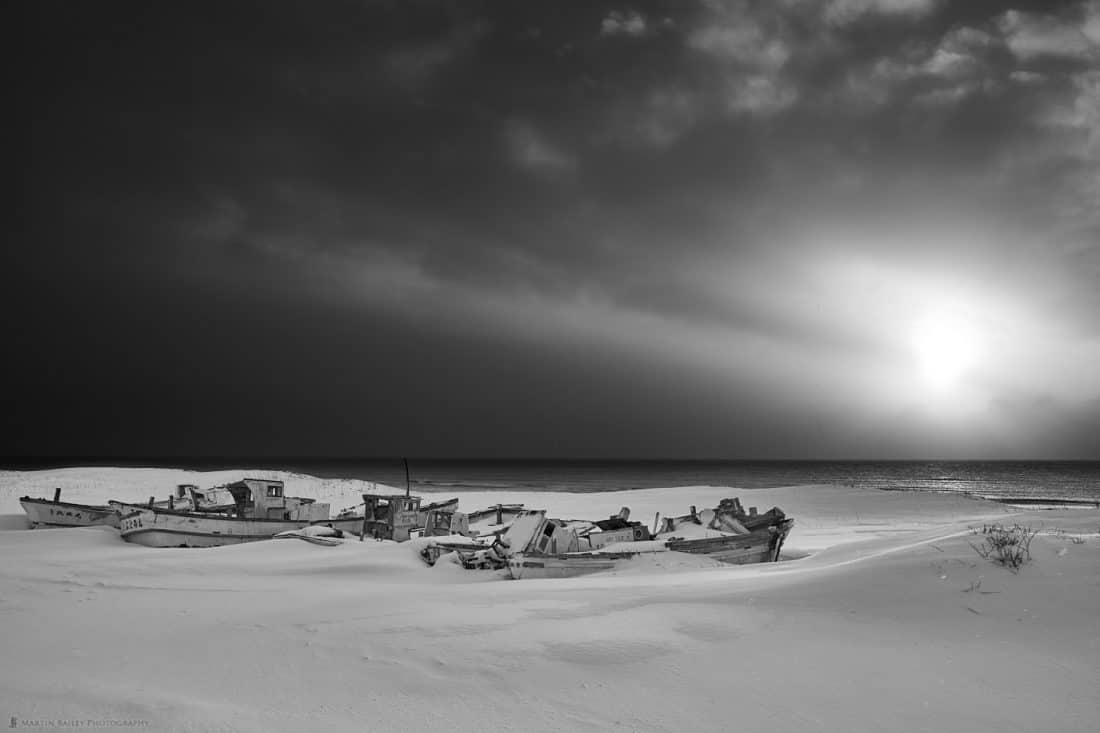
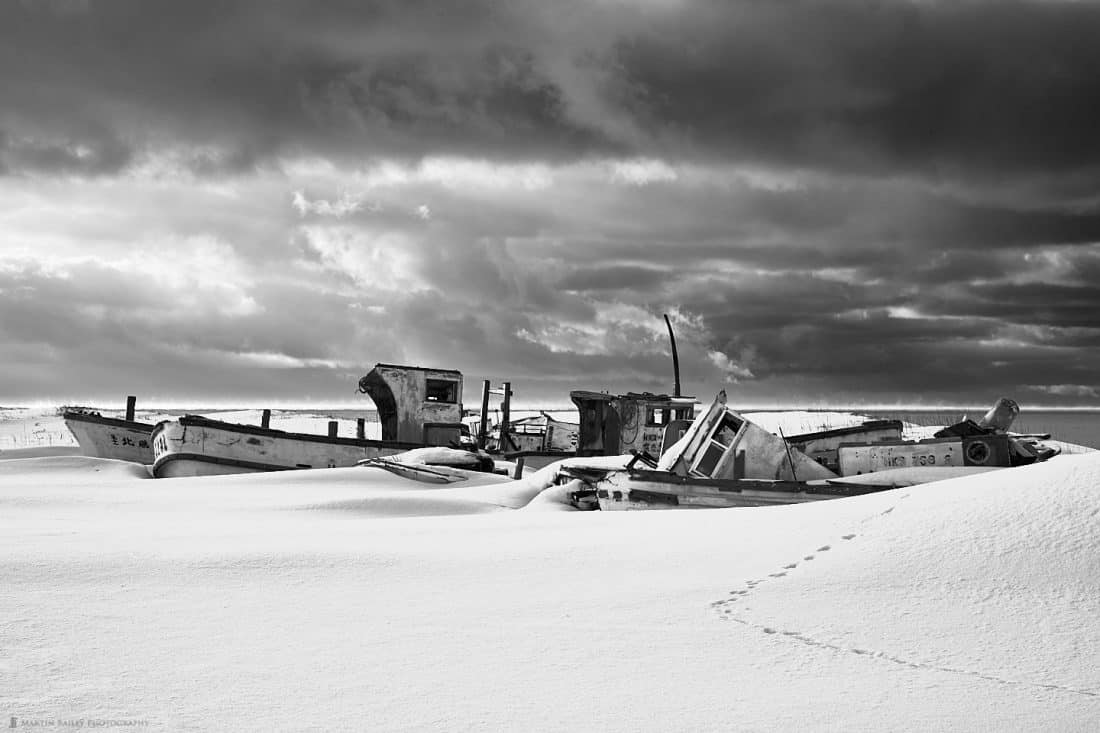
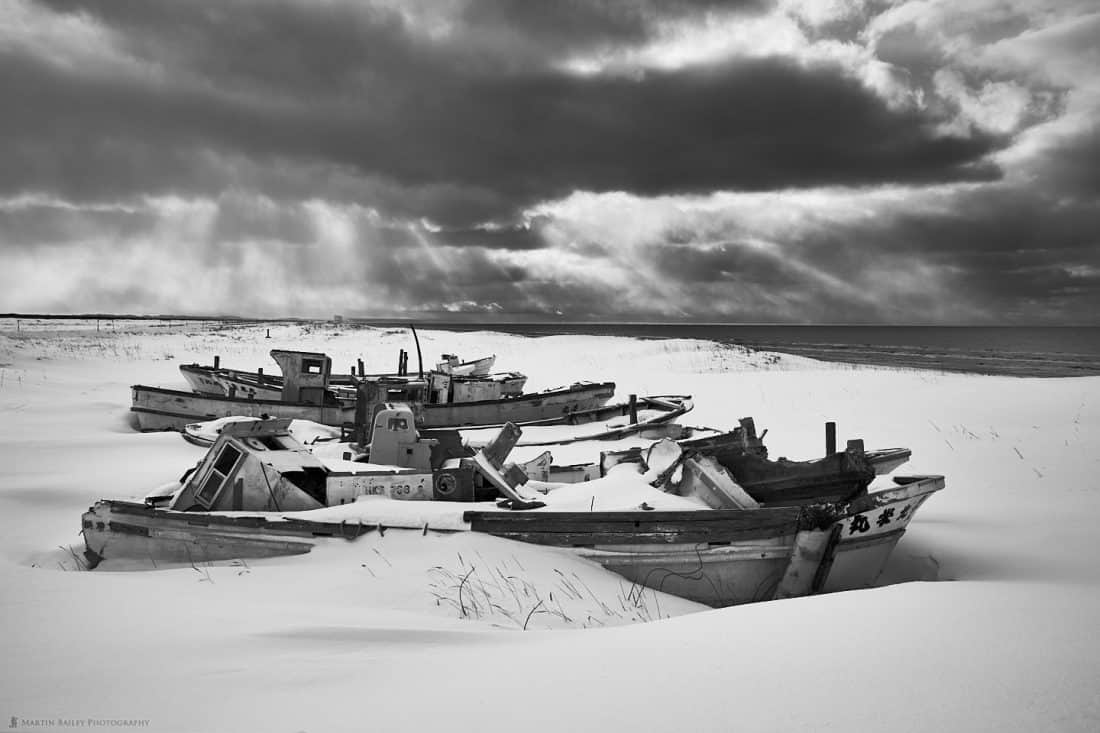
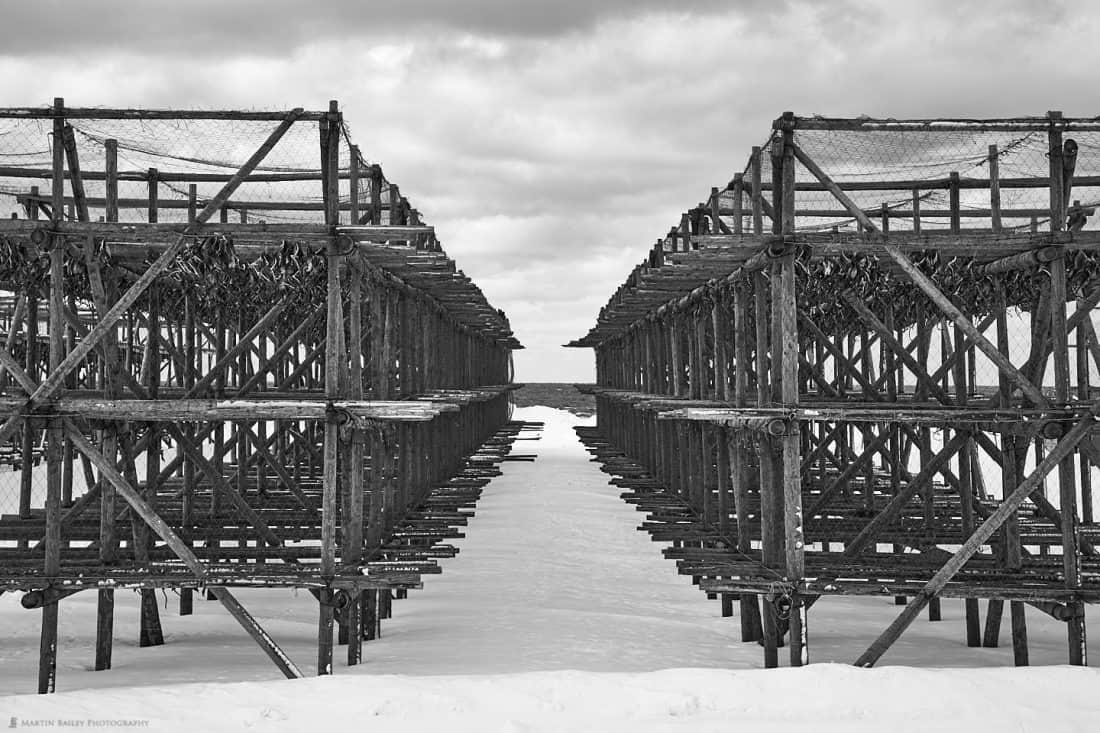
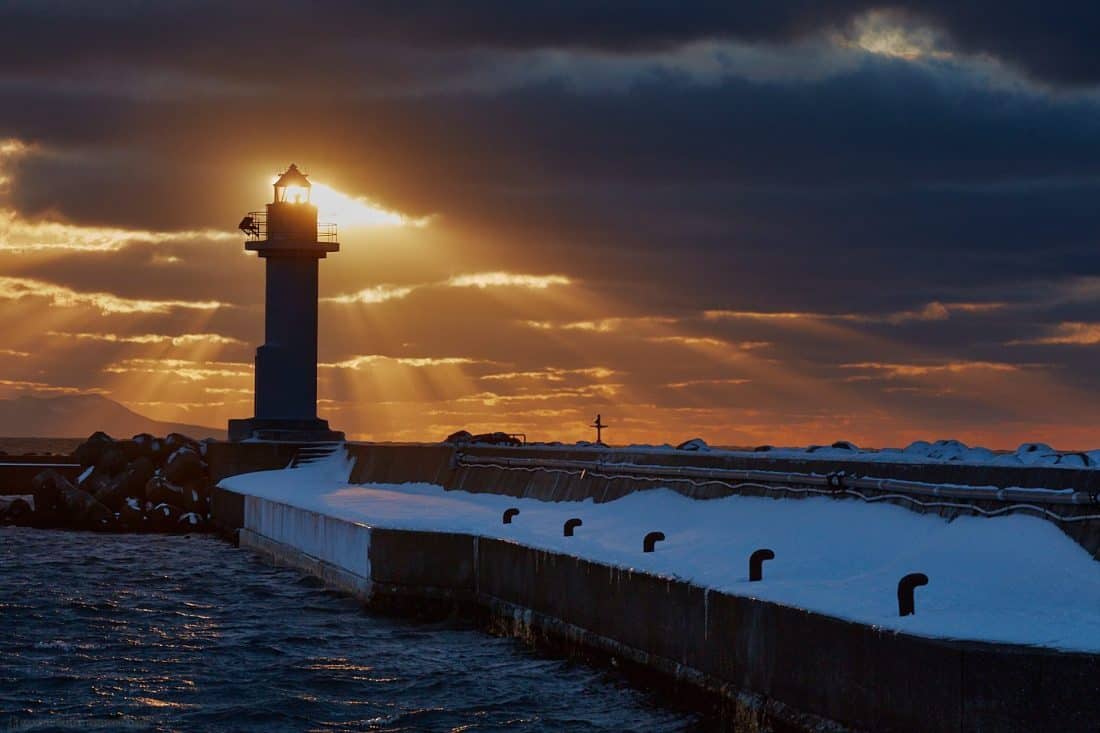


Some epic shots here. “Boat Graveyard at Sunset” is my favorite.
Wow! Cool! Thanks Christian.
Some gorgeous shots Martin! I was curious when you are creating b&ws in C1 do you have a particular film style in mind to reference when setting details such as grain and tone or have a specific formula…or just do it by what feels right to you?
P.S
I had a blast while I was in Japan earlier in the month and am working hard on edits and